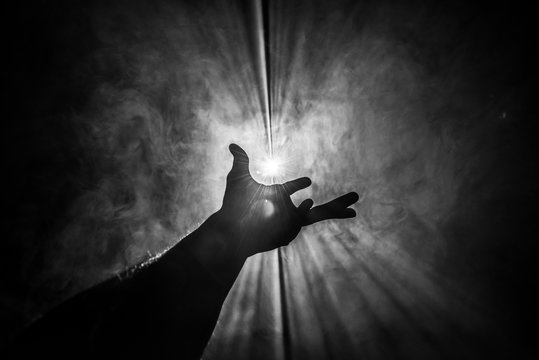I began our time together as I had for the last seven years – expressing gratitude for those present, articulating ground rules, and giving each participant a moment to describe how Death had come to his or her door. When it was the man’s turn to speak, we all listened intently.
“My name is D. I have an enlarged aorta, which could rupture and kill me at any time.”
The words hung in the air like a thunder cloud. I had heard similar words before. We all had, but they still land hard. D went on to describe how his aorta–the largest artery in the body–had grown into a precarious goldilocks zone that was too small for surgery, but so big it could burst.
The group responded to the news with grace, as it often did in this frigid conference room on Wednesday nights. This was a collective of patients actively dying, and those caregiving for the actively dying. All were comfortable with the uncomfortable, and offered compassionate eyes and gestures toward D.
I broke the silence, introducing our theme for the evening:
“Tonight we’re discussing how to find light in darkness.”
I did not choose the theme, but it resonated with me, reminding me of the rich spiritual and intellectual traditions that draw upon light and darkness as powerful metaphors in hard times. One might recall the Jewish psychiatrist Viktor Frankl reflecting “What is to give light must endure burning,” or how mystics have long contemplated finding light in and through dark nights of the soul. These traditions and others like them inform my work as a spiritual care provider. When asked, I often have a hard time defining “spiritual care,” but I know it has something to do with darkness and light.
Members of this group knew darkness, and certainly hoped for light. Toward that end, I explained, we were going to do a simple but powerful exercise together. I stood from my chair, holding up an essential oils diffuser:
“In a minute, I am going to turn off the lights. I would like you to take turns naming a place in your life that feels dark, then saying one thing you can do to bring light to that place, and pushing the button on this diffuser so it lights up.”
The room went dark.
E. went first. She expressed regret over all the conversations she never had with her husband, who was suddenly diagnosed with lung cancer and could no longer speak. However, he could listen, and there was still much for E to say. That felt hopeful to her. She hit the button, bathing the room in a soft, warm glow.
I depressed the button, returning the room to darkness, and turned to M. She described her dark place as the trauma experienced over the course of several surgeries. She resolved to face her trauma by consenting to an important procedure in the next month with a surgeon she trusted. Her face softened, and she hit the button.
Then it was D.’s turn.
“D., tell us about a place in your life that feels dark right now,” I asked softly.
D. gazed downward at the table, deep in thought. I’ve noticed how people look up when reflecting on the outside world, and down when peering inward.
“The doctors told me that, with my condition, I shouldn’t lift more than 25 pounds. That seems like a small thing, but it means I can’t pick up my two little girls. They’re 5 and 7 years old. That’s hard; it’s not the hardest part though. The hardest part is knowing I might die and they’ll grow up without their daddy. That feels like a dark place.”
The group was silent. Silence is heavier in a dark room.
“And what is one thing you can do to bring light into that dark place?” I asked.
“I think…I think being present for my girls. That way they’ll remember me, no matter what happens.”
I smiled. One of the most powerful ways to ameliorate anticipatory grief is to live a wildly present life. So, in making this observation and leaning into it, D. was constellating his own healing. It was beautiful to watch. He hit the button.
I walked away from group that night looking downward, resolving to live a more present life. Proximity to death does that to you, I’ve noticed. After more than a decade of providing spiritual care, regularly operating in Death’s shadow, I’ve noticed how profoundly death can make one yearn to live. That’s what D. felt that night, and I started feeling it too. After all, I thought, aren’t we are all D.’s, just holding a ticket until our number is called? Any of us could die at any moment, without warning or worry.
When that day comes, I hope to have been present to the ones I love. I hope to have lived a life that answered Tennyson’s call “To strive, to seek, to find, and not to yield.” That is how D. showed me to live and die that night, and how I held that liminal space for him in his transition out of darkness.
So the next time someone asks me what spiritual care is, I might tell them that it involves keeping company with those in dark places as they seek out the light.
What I will likely fail to mention—what I never acknowledge enough—is that it’s not always clear who is spiritually caring for whom.

